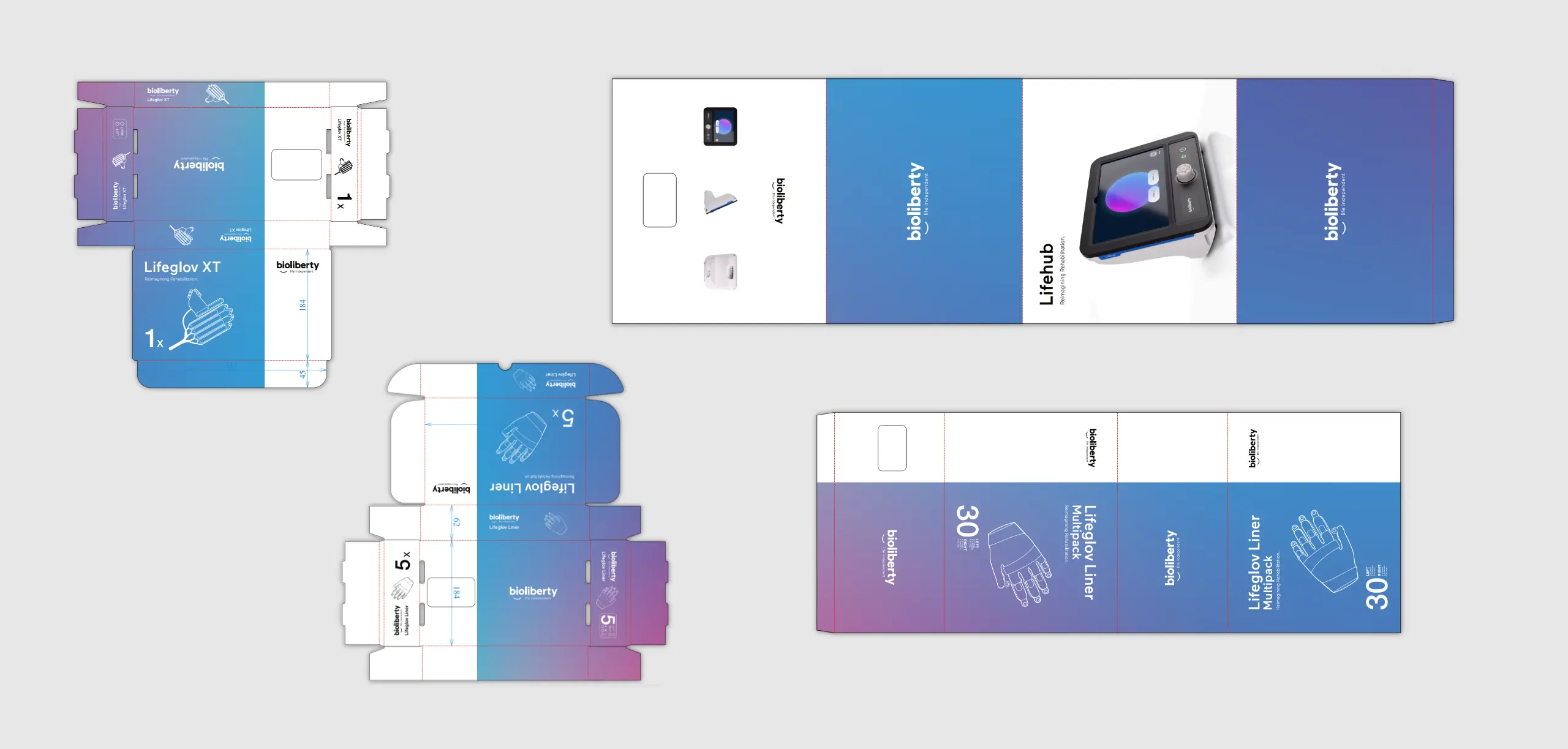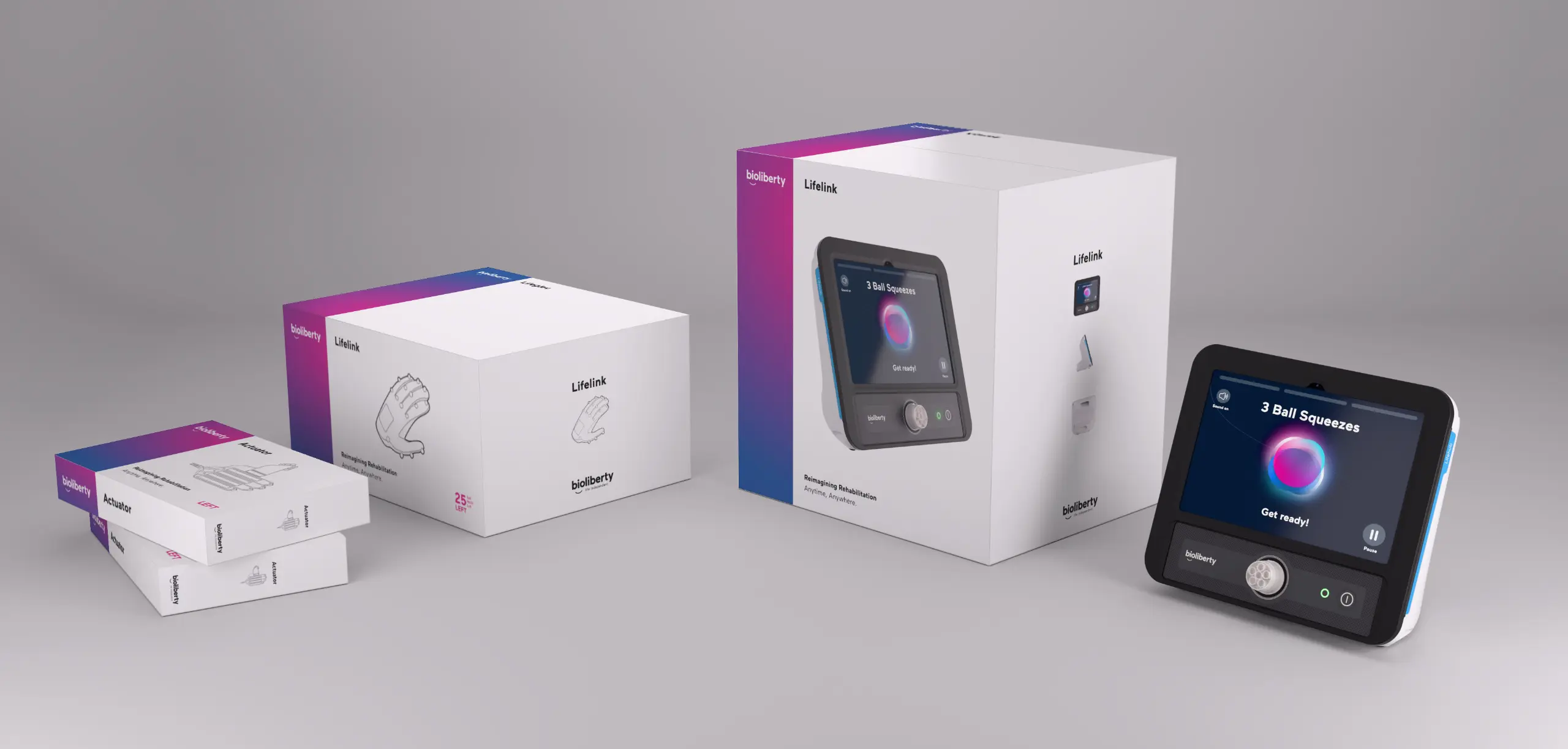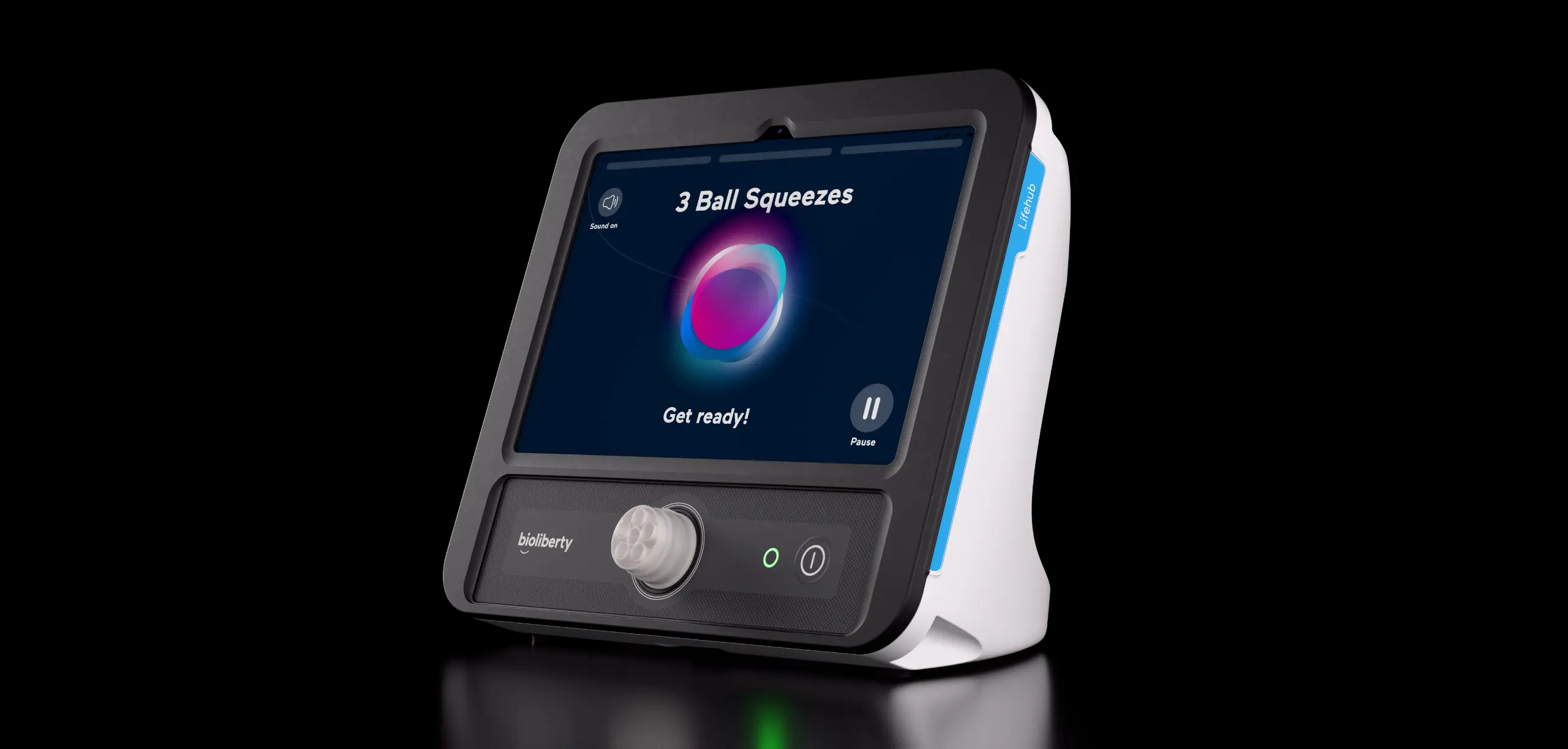
Industrial Design for Stroke Recovery and Neurorehabilitation
Lifehub Clinic
Bioliberty
Product summary
Bioliberty’s Lifehub Clinic is a next-generation stroke rehabilitation system that helps people regain upper limb mobility using soft robotics, gamified therapy, and real-time feedback. Vivid Nine was brought in to lead the industrial design development of the Lifehub, a compact, portable control unit that powers Bioliberty’s soft robotic glove. Our role was to ensure the product wasn’t just functional, but intuitive, ergonomic, and visibly aligned with Bioliberty’s brand, all while considering the unique needs of stroke patients and clinicians.
Categories
Medical Device Design, Medical Equipment Design, Design For Usability, Ergonomics Design
Understanding the Challenge: Designing for One-Handed Use
Everyday tasks are often designed with two-handed use in mind, but we rarely notice this until one hand is taken out of the equation. For many stroke survivors, one side of the body is impaired, sometimes severely. This changes everything, from how a handle is held to how a button is pressed or a screen is used. Even something as simple as plugging in a cable can become a complex task.
Bioliberty’s goal with Lifehub is to give users early and effective hand therapy, delivered through a soft robotic glove and interactive exercises. But for this to be truly effective, the control unit must be designed for real-world usability, including single-handed interaction, portable use in various therapy environments, and minimal setup time.
Bioliberty’s goal with Lifehub is to give users early and effective hand therapy, delivered through a soft robotic glove and interactive exercises. But for this to be truly effective, the control unit must be designed for real-world usability, including single-handed interaction, portable use in various therapy environments, and minimal setup time.
Setting the Visual Direction
After an initial consultation with Bioliberty, we began by creating stylescapes to explore different aesthetic directions for Bioliberty products. The stylescapes helped open discussion about Bioliberty’s visual identity, how their products should look, feel, and be perceived by users in clinical environments.
Bioliberty chose to go with a visual language that felt professional yet warm, clean without being too clinical, and modern without intimidating users.
Once Bioliberty aligned on a preferred direction, we moved into sketch concepts and CAD development, grounding each concept on the underlying components. By rearranging the internal components, differing layouts were produced, each providing differing functional, ergonomic and visual potential.
A study published in the journal Age and Ageing estimated the average societal cost of a new-onset stroke in the UK to be £45,409 in the first year and £24,778 in subsequent years. The total aggregate societal cost of stroke is estimated at £26 billion per year, which includes £8.6 billion for NHS and social care.
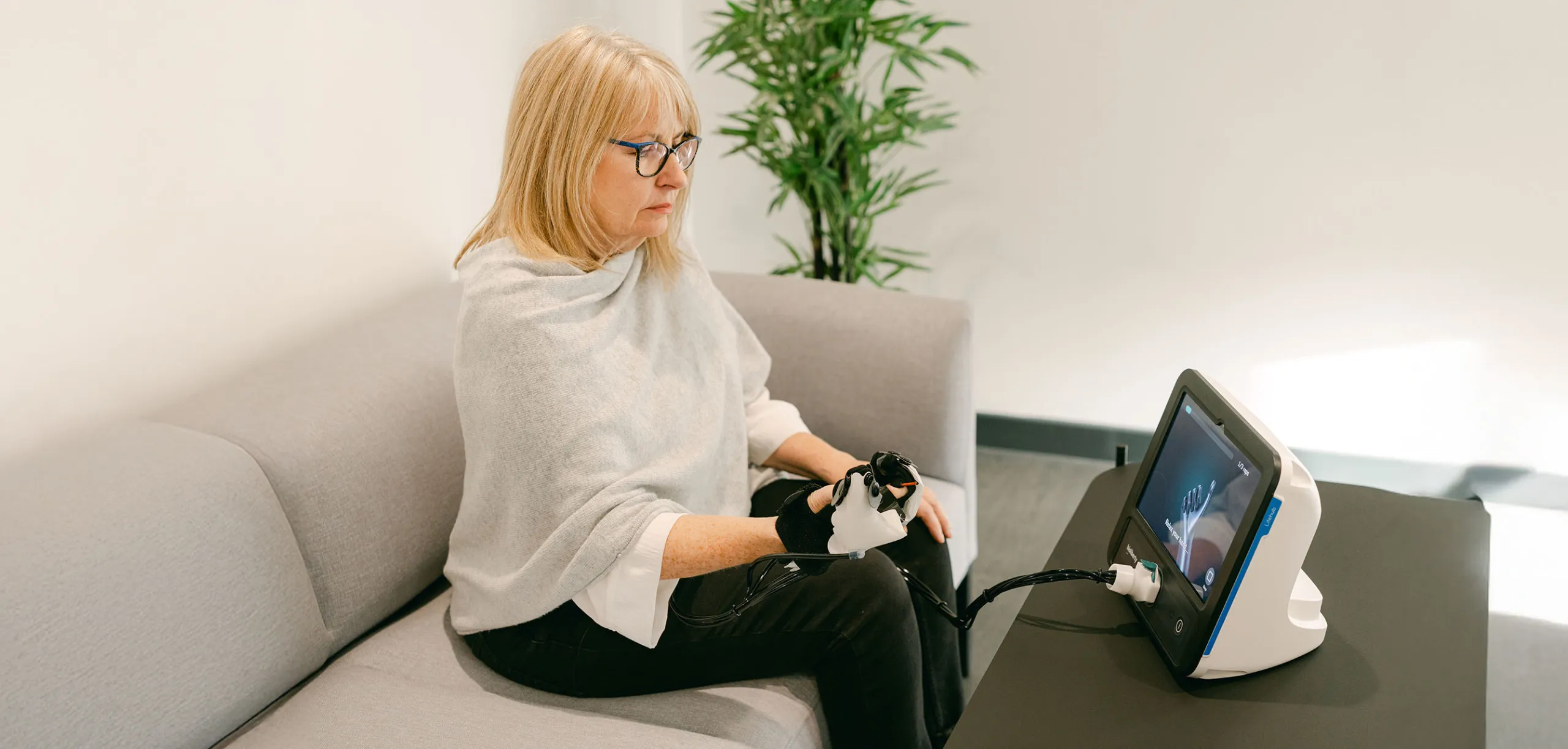
Designing with Empathy: Real Use Cases Matter
We worked closely with Bioliberty’s engineering and clinical teams to understand exactly where and how the Lifehub would be used, whether in busy rehabilitation clinics, hospital wards, or the more unpredictable layouts of home environments. These insights directly shaped several key aspects of the design. We adjusted the screen angle to ensure it would be clearly visible whether the user was seated or standing. The placement of connectors was carefully considered so they could be accessed easily with either hand, a crucial detail given that many users will have limited use of one arm.
Small decisions like these, grounded in real-world context, are often what determine whether a medical device is merely functional or genuinely usable.

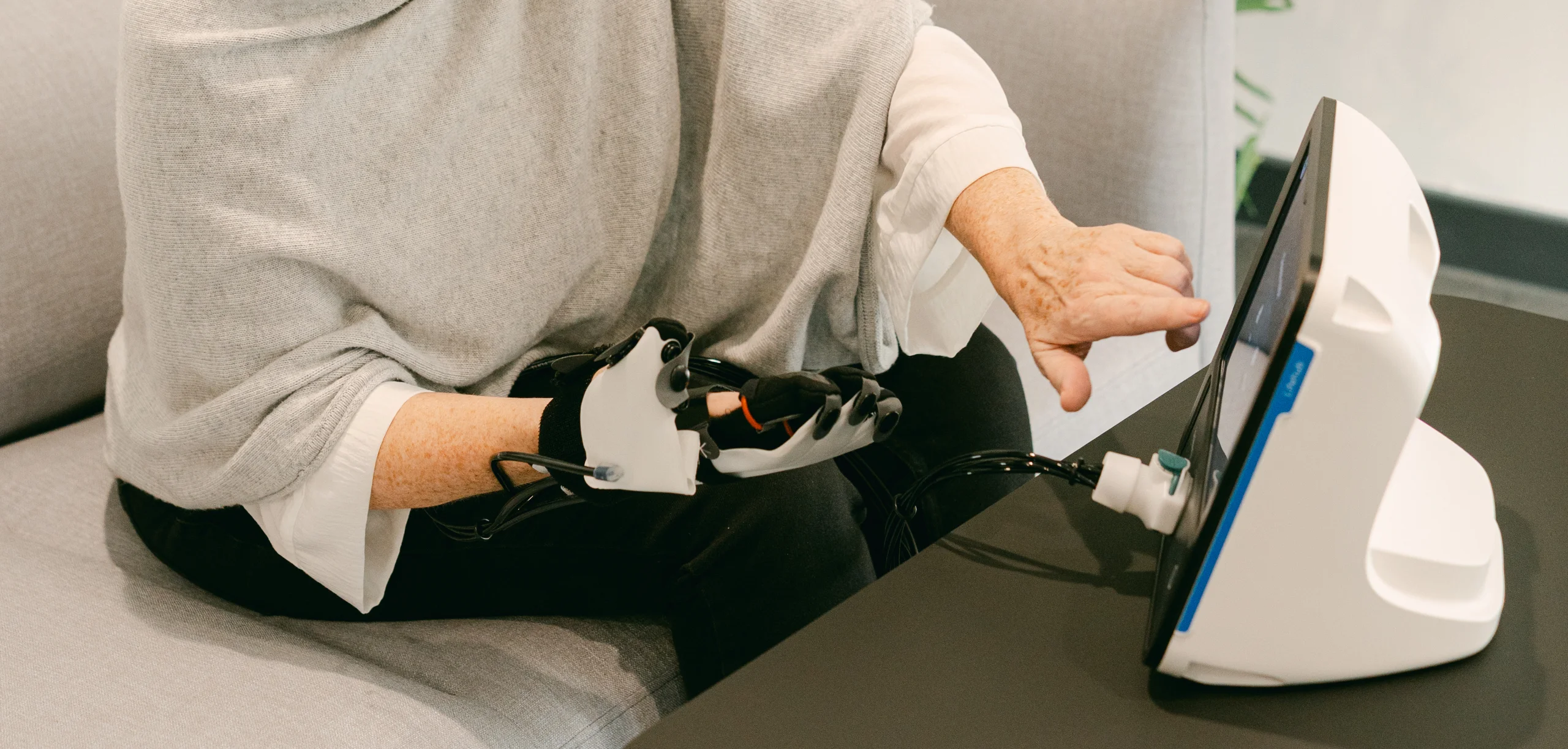
The Stroke Association reports that there are over 1.4 million stroke survivors in the UK, with 100,000 people having strokes each year. This means a stroke strikes every five minutes.
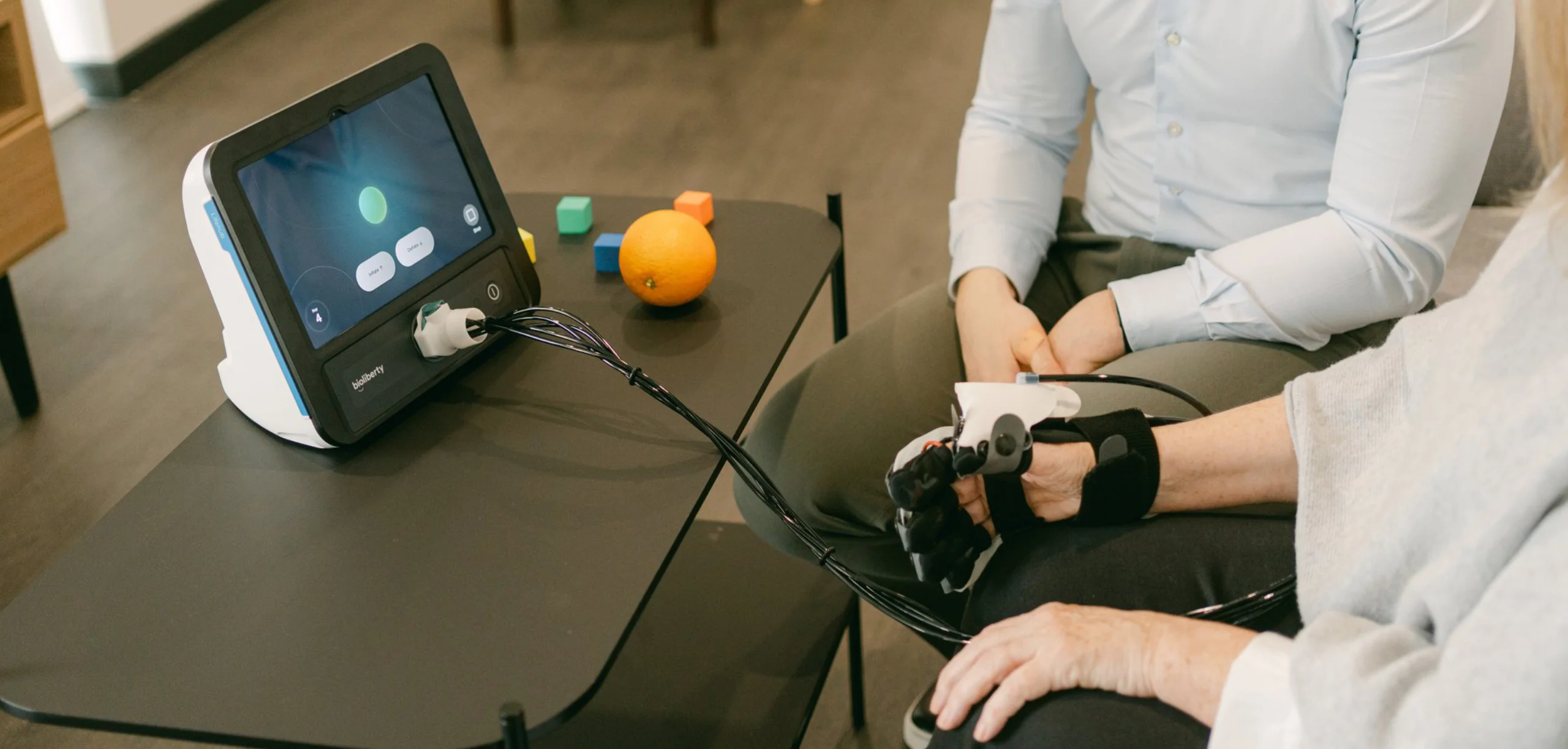
A core challenge was single-handed portability. We refined the ergonomics of the handle to ensure a secure and comfortable grip, even for users with limited dexterity or strength. The centre of gravity was also considered so the unit would feel stable and balanced in one hand, with no tipping or awkward shifts.
To meet cooling requirements without compromising aesthetics, the ventilation was also discreetly within the handle area, a design decision that solved multiple problems at once.
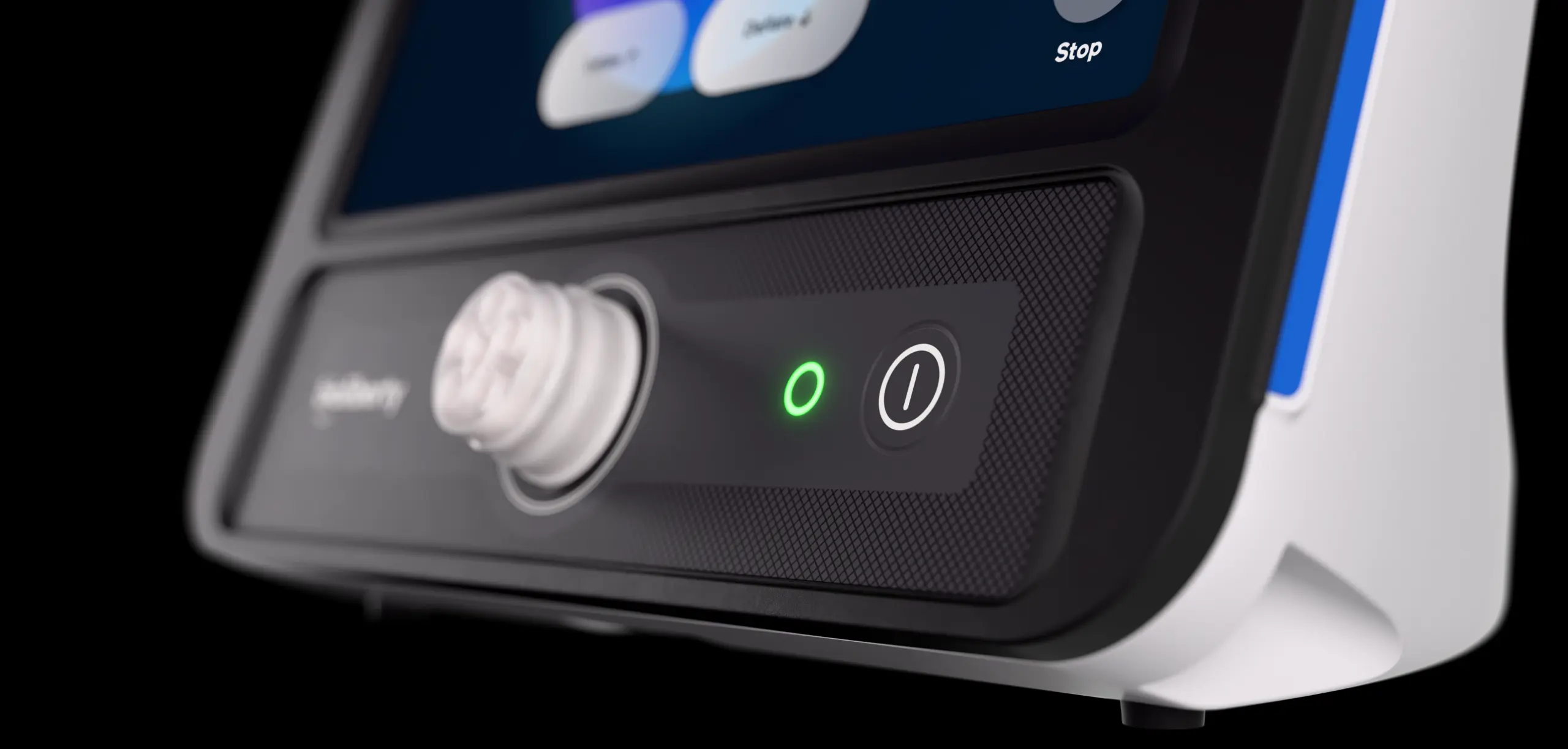
A Product That Looks, Feels, and Works Better
The final Lifehub unit is portable, intuitive, and built with empathy for its users. It seamlessly connects with Bioliberty’s first soft-robotic wearable, Lifeglov, which has a primary function of gently opening the hand during exercises, enhancing the effectiveness of therapy. The company officially launched its product in May 2025 and has already gained traction in leading physical rehabilitation centres.
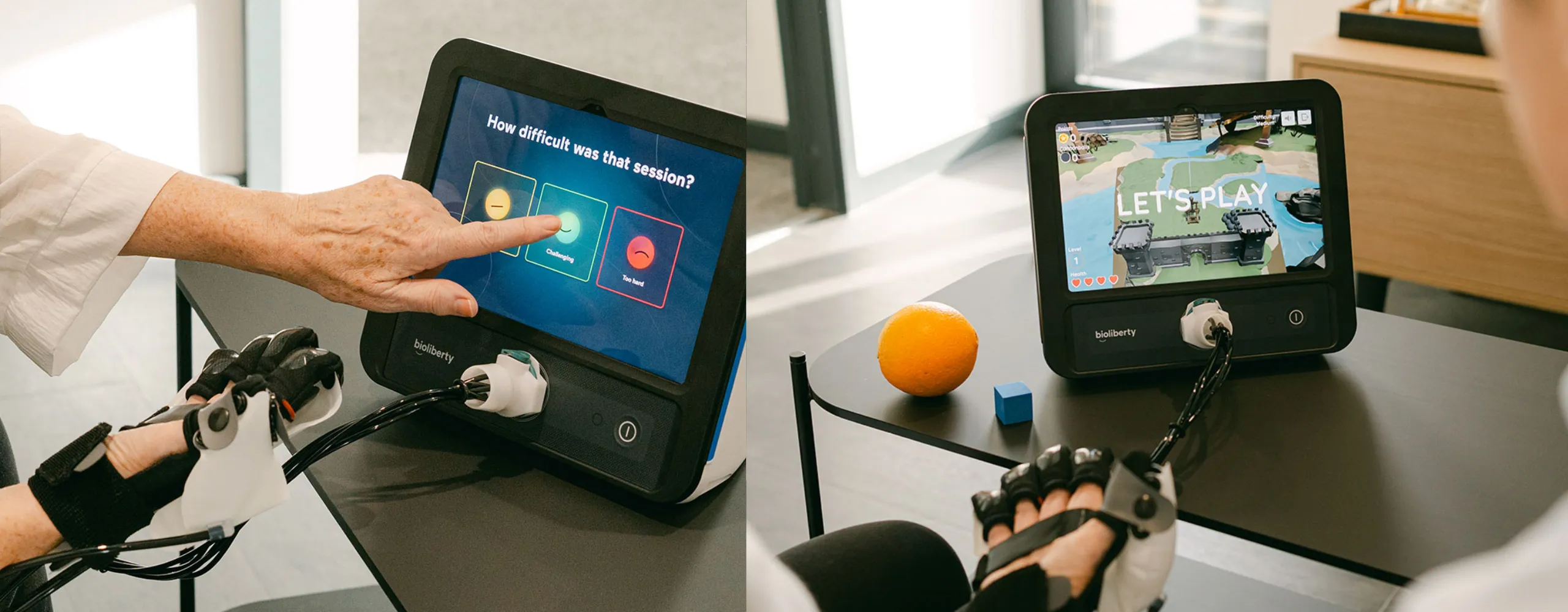
Good Design In Healthcare Is All About The User
Designing for healthcare, especially for neurorehabilitation, means seeing users not just as patients, but as people navigating daily challenges. It’s not enough for a product to work, it must be comfortable, inviting, and usable, often in ways that aren’t immediately obvious.
Working with Bioliberty challenged us to think differently about ergonomics, usability, and visual presence, and we’re proud to have played a role in bringing this meaningful innovation to life.
One of our primary goals was to reduce the perceived size of the unit. While the physical footprint was largely set by the internal components, we carefully sculpted the outer form to visually minimise bulk and create cleaner, more cohesive proportions. By tightening tolerances and eliminating unnecessary voids or spacing, we were able to make the Lifehub feel significantly smaller and more approachable without compromising function.
The result is a device that feels approachable, purposeful, and well-resolved, one that fits confidently into clinical environments without feeling cold or overly imposing.
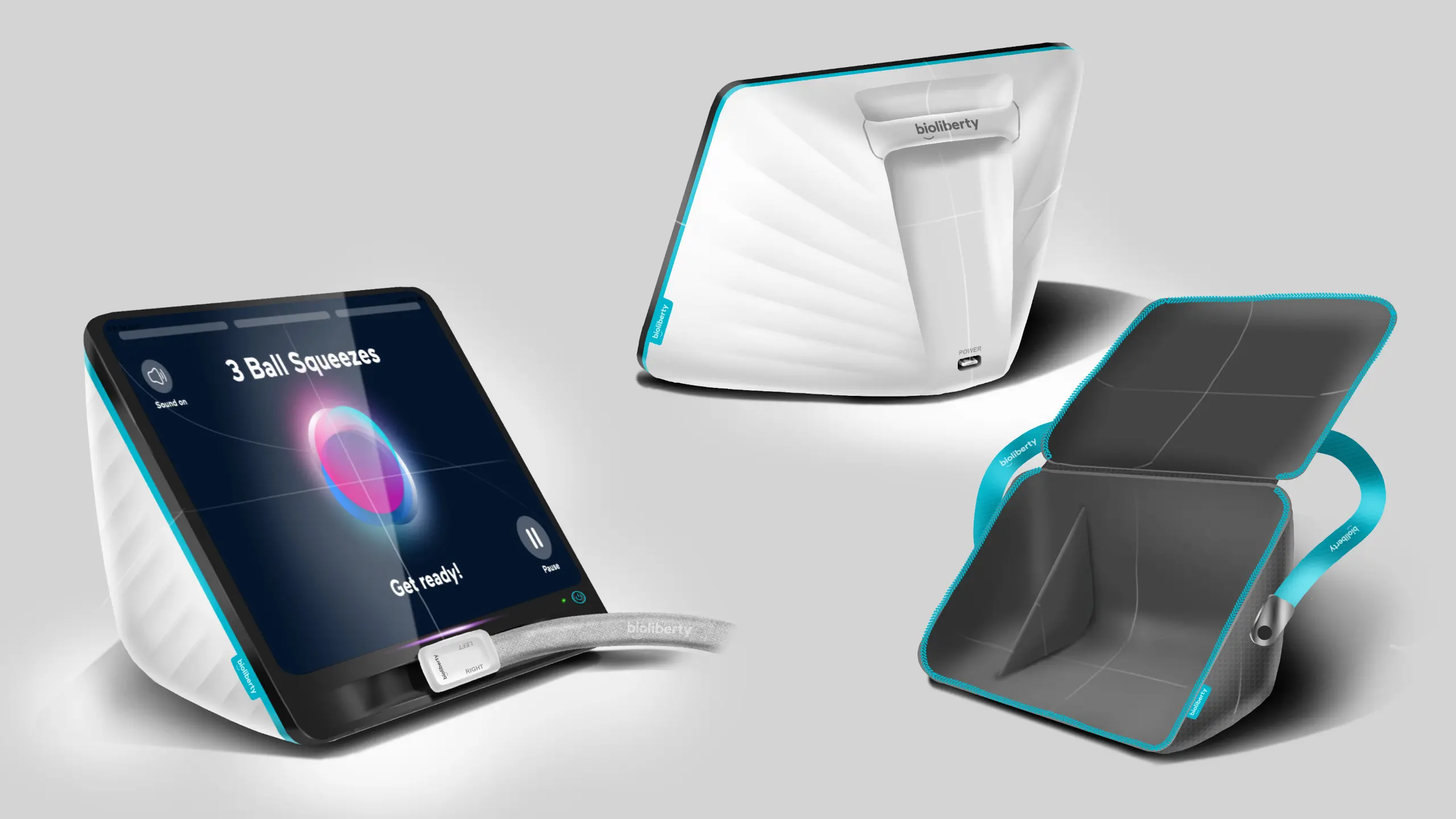
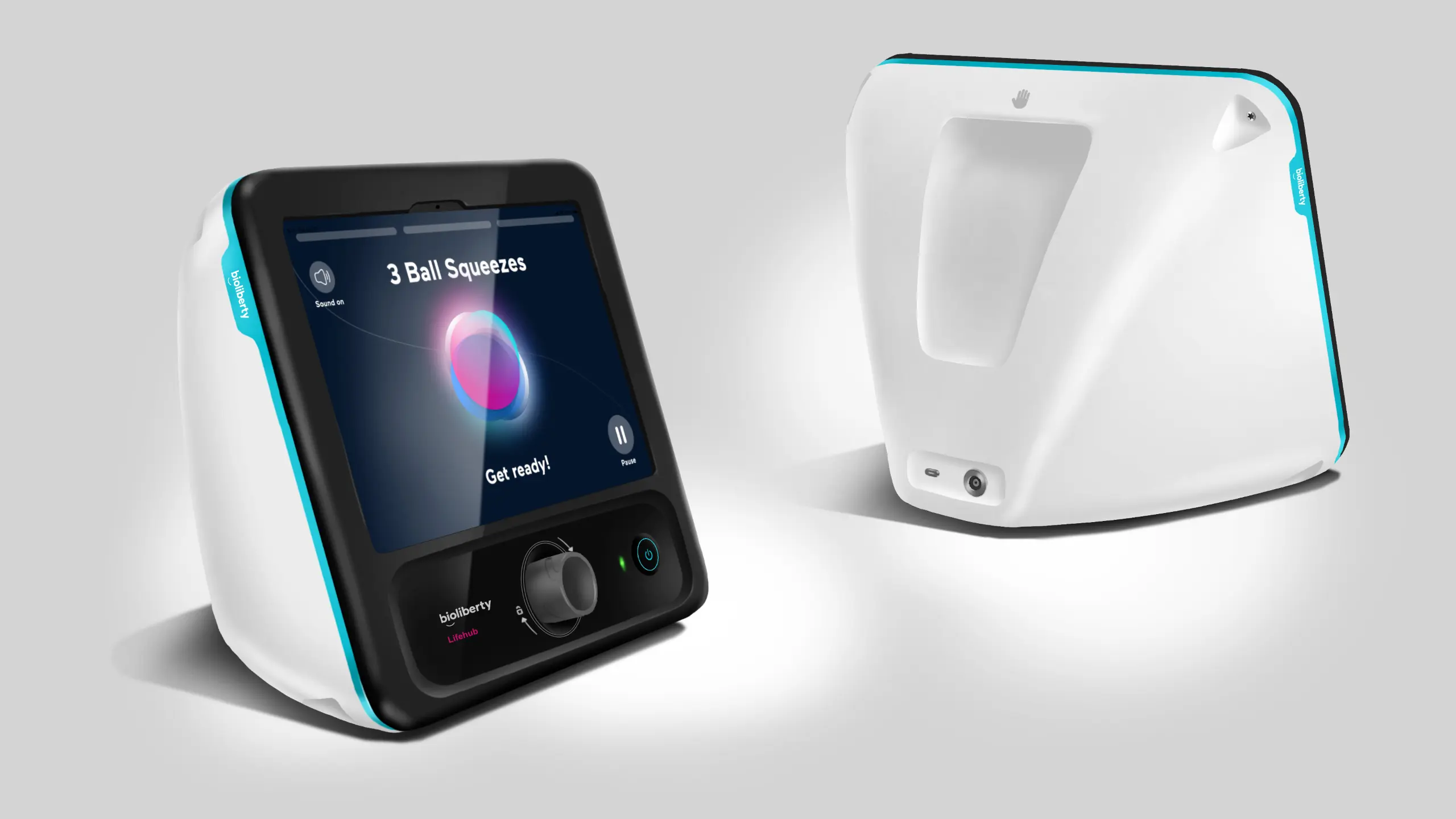
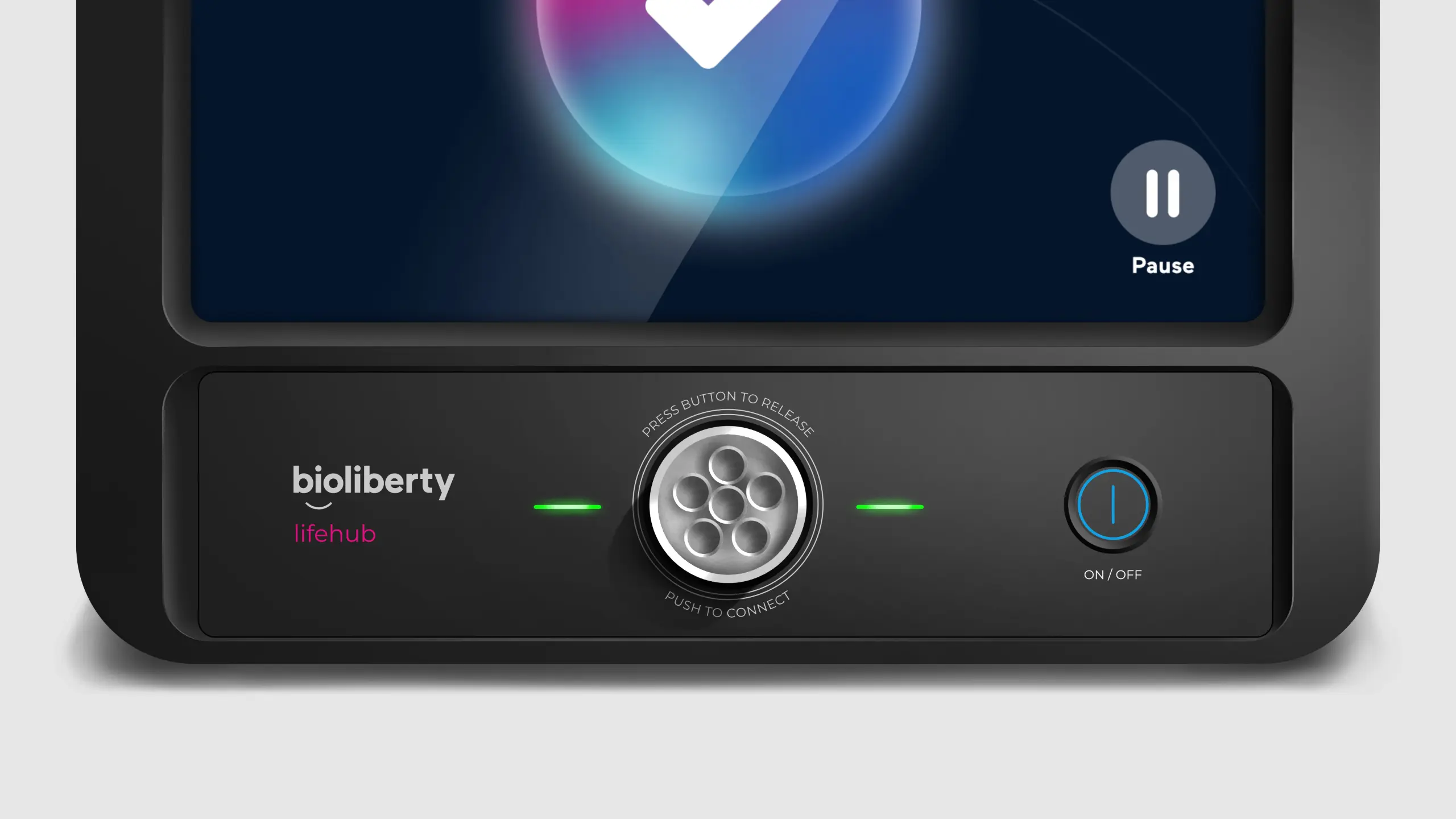
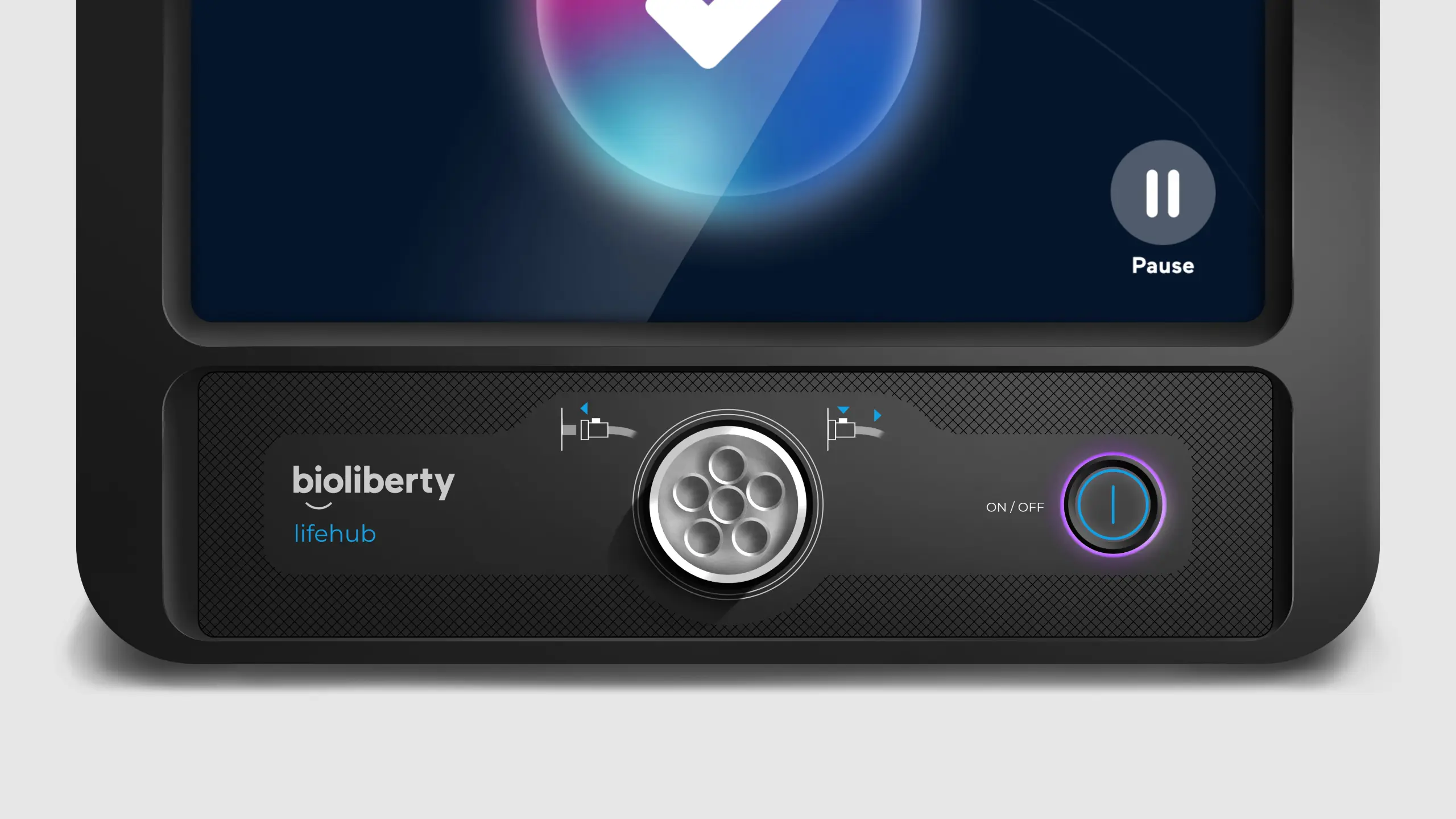
From Engineering Model to Refined Design
After Bioliberty had developed a working prototype with finalised internals, our role shifted from concept exploration to detailed refinement. With the internal architecture more clearly defined, we revisited the overall industrial design to ensure the final product not only functioned as intended but also looked and felt right in the hands of its users.
One of our primary goals was to reduce the perceived size of the unit. While the physical footprint was largely set by the internal components, we carefully sculpted the outer form to visually minimise bulk and create cleaner, more cohesive proportions. By tightening tolerances and eliminating unnecessary voids or spacing, we were able to make the Lifehub feel significantly smaller and more approachable without compromising function.
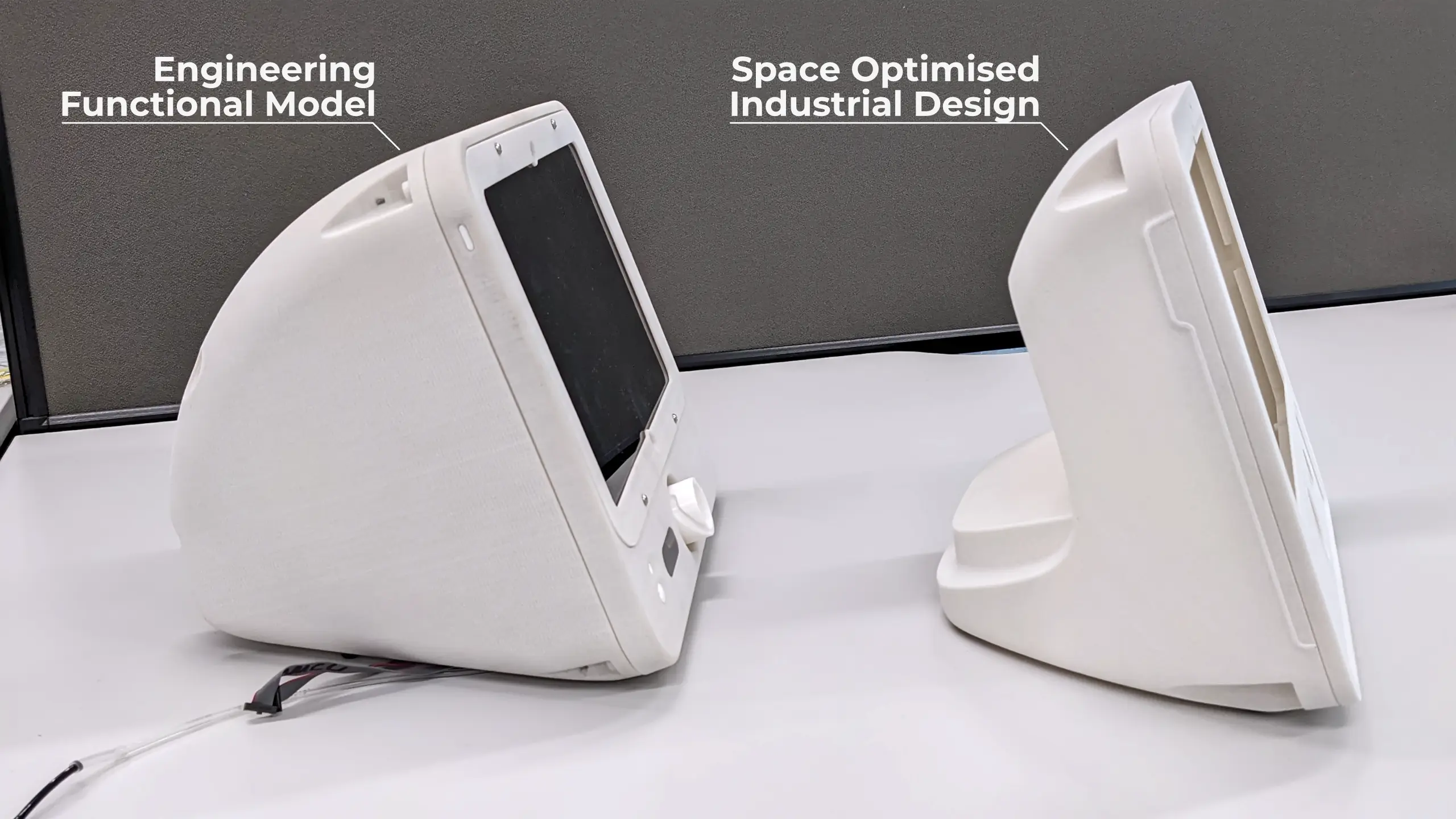
Packaging Designed for Experience, Efficiency, and Brand Cohesion
We carefully aligned the packaging aesthetics with the visual tone of the device, clean, confident, and professional, while incorporating Bioliberty’s existing graphic branding in a subtle, considered way. This helped ensure that the experience of unboxing the Lifehub felt consistent with the product and brand ethos: precise, modern, and empathetic.
Functionally, we approached the packaging design from both logistical and user-centred perspectives. We optimised box sizes to make the most efficient use of pallet space, helping to minimise shipping costs. At the same time, we looked closely at how clinicians and patients would interact with the packaging once it arrived. Some boxes were likely to be reused for storage, while others might be discarded, so we tailored box formats and closure styles accordingly, balancing reusability, accessibility, and protection.
The result is a visually cohesive packaging system that supports Bioliberty’s operations and reinforces the user experience, from the moment the product arrives to how it’s stored between sessions.
